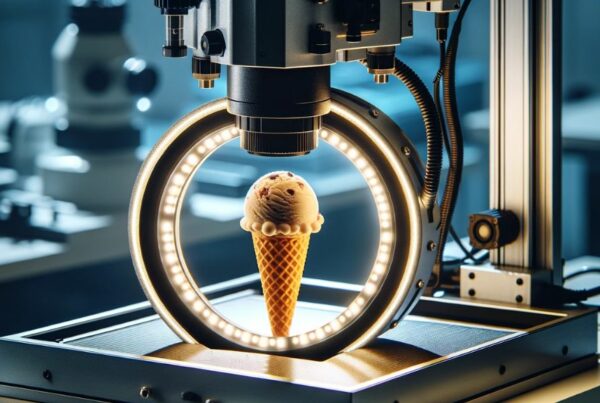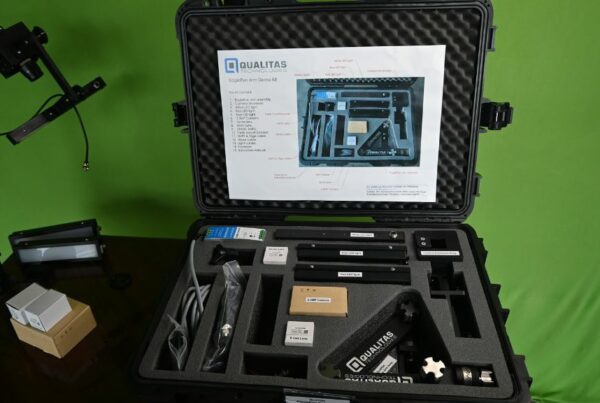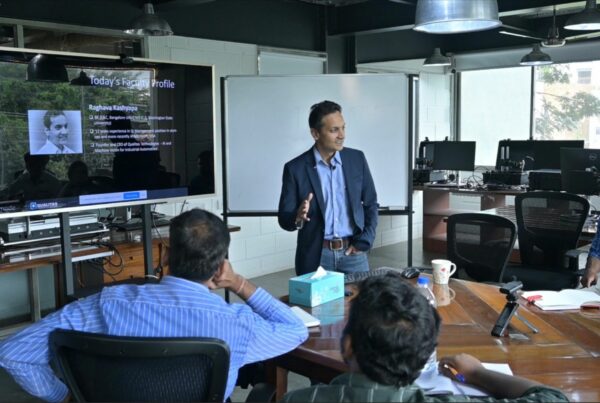
Introduction to Piece Counting
As is self-explanatory from the name, piece counting is a way to keep count of the thousands of parts in any industry. The most important factors affecting the counting are the scale, the part weight, and its deviation. The average weight deviation typically tends to be 0.5%. Also, the environment and the selection and installation of the right equipment are essential. Though there are efforts for precision, the usual piece counting machine is often not very accurate. Thus arises the need for a more effective, hassle-free technology to be deployed in piece counting.
Machine Vision in Piece Counting
A typical machine vision system incorporates all applications that process images for a device to efficiently function. Tedious manual labor can be replaced by automated technologies. The manpower, when freed from repetitive work, can contribute to more skill-demanding tasks. The vision system significantly reduces the time and effort input required. It is also highly cost-effective and lowers the chance of errors in manufacturing processes. Counting small parts in large numbers is a task almost impossible to be accomplished accurately by traditional methods. Also, the point and click interface is of immense help and quite easy to train with.
Applications of Machine Vision
Machine Vision is a huge relief from the traditional piece counting machines. It has diverse applications and can be used in a multitude of industries. Some of them are :
- Automotive
In the automotive industry, ring counting is a tiresome task prone to human error. A field of view of 310 mm according to the maximum stack length is required to solve this. The stack length is to be divided into two and to cover the entire field of view, two cameras are to be placed. Fourteen different models with varying surface coatings were taken into account for this study. The ring has to be placed from both sides. Then the camera is used to capture a clear image. An industrial PC placed inside a control panel box process the image and displays the result of the inspection. This ensures proper ring count and minimizes the errors tremendously.
- Pharmaceutical
Machine vision deals with the quality control and packaging department of pharmaceuticals. Minute details like maintaining the count of tablets each vial is filled with are taken care of. The companies can set a standard amount of tablets per bottle and then program the vision system accordingly. Tablets are also inspected for their shape, size, and any damage caused due to production defects.
- FMCG
Fast-moving consumer goods or FMCG have also been benefitted due to machine vision. There had been a problem of inaccurate counts and mismatch in packaging. This required segregation of SKUs based on their variants. By applying machine vision principles, the production efficiency increased by 50 percent. Deep learning is used to identify mismatched or missing pieces, and the signals are then transmitted to the PLC. The variant mismatches can be identified with almost a cent percent accuracy. Also, the absence of slugs in infeed buckets was identified with complete accuracy.
- Bearings
Industrial piece counting machines coupled with machine vision have helped in bearings manufacturing as well. The count of smaller components such as rollers and balls depends upon this system. Also, the defects present in the minutest of corners can be easily detected and improved upon.
Accuracy of Machine Vision in Piece Counting
Machine Vision systems in piece counting machines have proved to be dramatically beneficial. The counting scales faced difficulties when the pieces had even a slight difference in their weights. Also, inaccurate piece weights lead to wrong counts. Now machine vision has brought in such software that make handling large batch sizes easy. Counting scales can now also save the information electronically. One can store up to 999 PLUs in the Omega Counting Scale with the help of PLU manager software. This means that data corresponding to each product is stored and can be accessed later on. Using large batch sizes considerably decreases time and effort. The increased production rates also ensure timely supply to customers.
Qualitas Solution for Piece Counting Using Machine Vision
The main motto of Qualitas technologies has always been to extract optimal benefits from AI and machine vision. For better facilitation of industries, we have come up with an economical solution for piece counting. The proposed piece counting machine uses a machine vision system. This increases the productivity by multifold while also delivering quality products. Our industrial piece counting machines have been running across various industries now. For parts counting, we have developed a visual inventory tracking system. This keeps count of the products based on their images. Our piston ring counting solution can count 20+ varieties of rings, including the ones as thin as 0.25mm. Our piece counting machines have also been used in counting pieces of jewellery. We have also devised a solution for vial counting by using overhead cameras.
Conclusion
Piece counting is one of the most fundamental tasks of any industry. With a surge in demand and the need for quick production, old methods of counting were a failure. Machine Vision has been on the rise in recent times and has been of immense aid in this area as well. The piece counting machines are much more accurate and effective now. Moreover, automation eliminates manpower, cutting down labor costs considerably. The counting process also becomes less time-consuming.
In this blog post, we understood the basics behind piece counting and how machine vision can help in automating this erroneous and tiring task. We then discussed the applications of automated piece counting in various vital industries, and how Qualitas Technologies came up with an effective machine vision-backed solution to automate piece counting.





